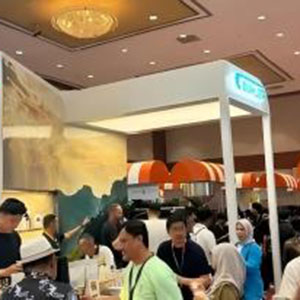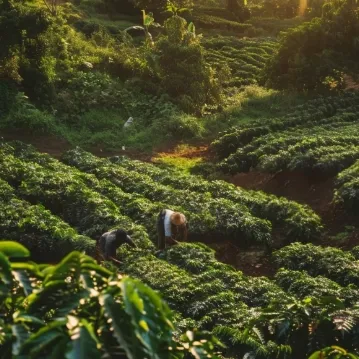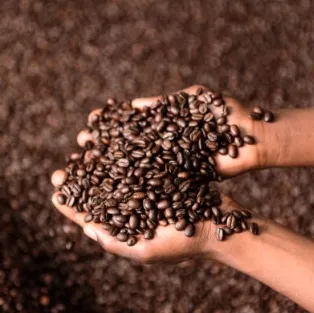How to Package Coffee For E-commerce
E-commerce has become the primary sales channel in the coffee industry. Have you considered whether your coffee packages are competitive with online shoppers? The growth in coffee e-commerce brings both challenges and profit opportunities to privately owned coffee businesses.
Reports indicate that the global Coffee E-commerce Market is projected to grow at a compound annual growth rate (CAGR) of 4.52% between 2025 and 2034. This will bring it to USD 381.52 billion by 2034.
This blog will explore the unique characteristics of coffee packaging and shipping, as well as the key factors that online shoppers consider when making purchasing decisions.
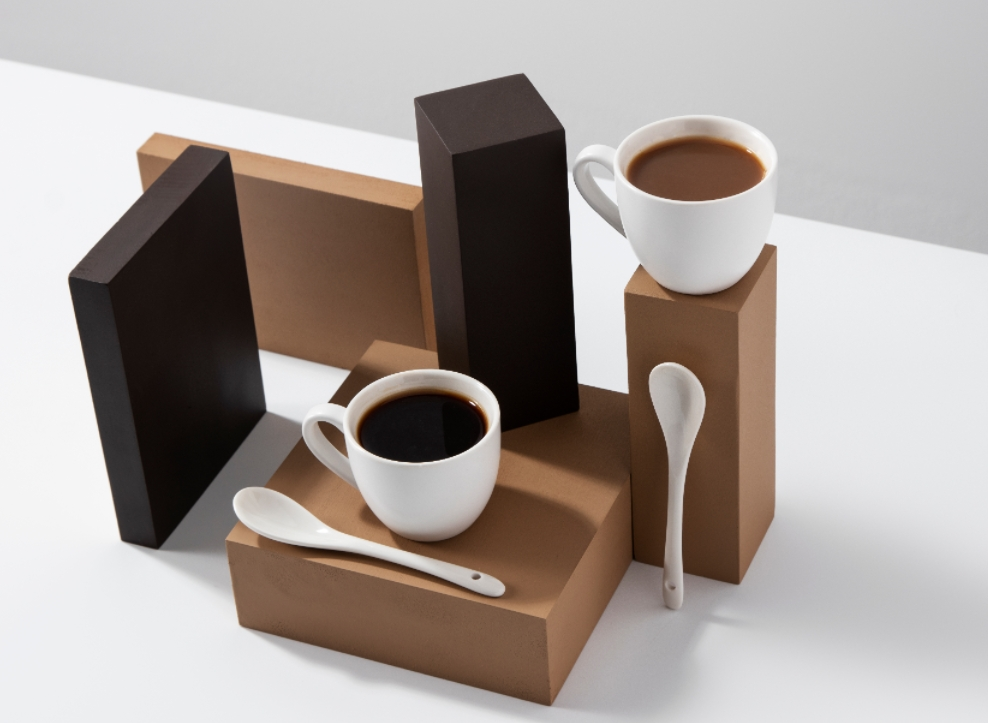
Coffee Packaging and Freshness
Whether packaging coffee for wholesale, distributors, or e-commerce, the first consideration should always be freshness. Can our coffee package enhance the aroma, flavors, and freshness of our coffee?
Any packaging strategy must aim to preserve coffee’s freshness, since coffee beans are susceptible to external factors that can cause degradation. We will examine how oxygen, moisture, degassing, and light can affect the flavor and aroma of coffee when analyzing every popular e-commerce coffee packaging format.
How Coffee Packaged for Shipping?
Coffee Package Bags
Coffee bags offer a wide range of options in terms of size, material, and design. These bags are lightweight, reducing shipping costs, especially when compared to the low start-up investments required for small-batch coffee shops that want to print their brand image on the packaging.
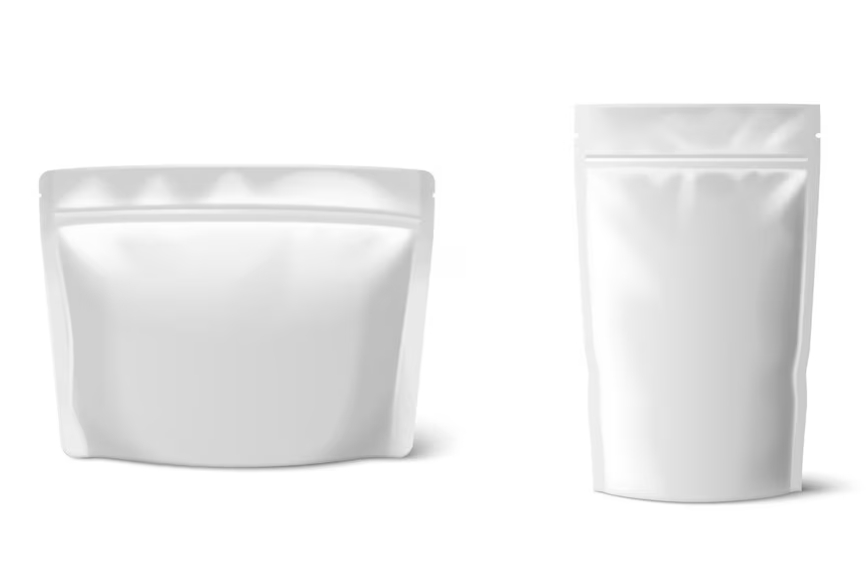
1.Stand-up Coffee Package Pouches
These bags are self-standing, featuring a flat base, and often include a resealable zip and a one-way degassing vent.
Benefits: Excellent shelf appearance, good barrier properties, resealable to maintain freshness, and a contemporary aesthetic. Shipping is relatively light.
Cons: They can be more expensive than bags with flat sides or gusseted sides. Good machinery is required to achieve a perfect seal and fill. Besides, these pouches are commonly used in coffee packaging, which makes it hard for consumers to distinguish your brand from others.
Where can I buy? Specialist coffee packaging suppliers and online marketplaces, such as Alibaba, are suitable options for bulk orders. If you want to customize your private-label coffee bag, suppliers usually require you to order large quantities.
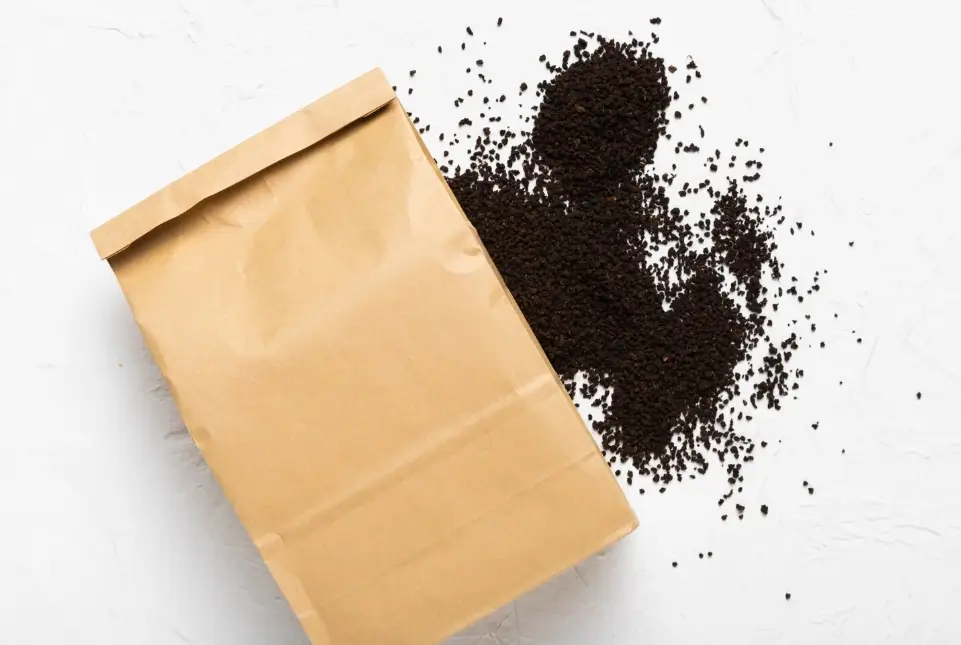
2. Flat Bottom Coffee Package Bag
They have a stable, flat base, which allows them to be upright, like a small box. However, they are made from flexible material. These bags often have a zipper or valve.
Benefits : Superior display appeal and stability compared to doy packs, giving a premium look. These boxes offer a large surface area to brand and can be packed efficiently in shipping boxes.
Con: This is the most expensive flexible bag. It can be challenging to fill the flat bottom manually.
Where can I buy? From specialty coffee packaging suppliers or overseas factories, if you are buying in large quantities of over 10,000
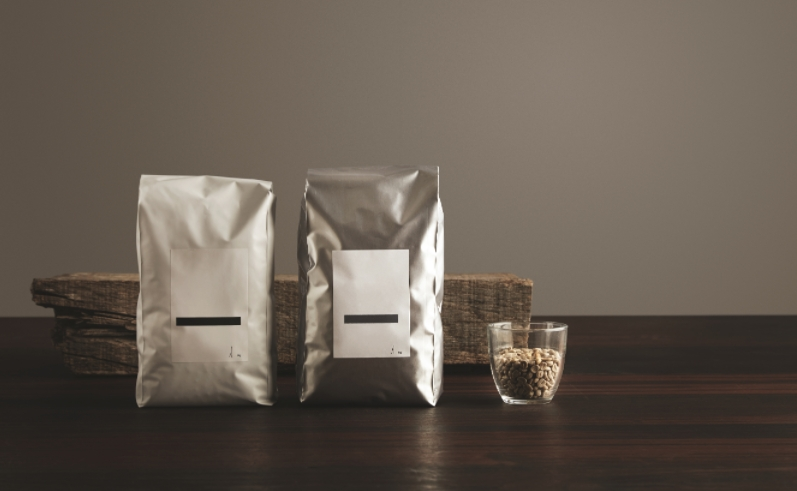
3. Gusseted Bags
These bags have folds at the bottom or sides (gussets), which expand when the bag is filled. This allows the bag to contain more volume. These bags often require tin clips or ties to reseal.
Benefits: Widely available and economical, with a classic look. These are ideal for bulk coffee, and they can be easily stacked.
Cons: Less stability than flat-bottom or stand-up bags. Often requires an outer box to display or present—inherent inability to reseal without external clips or ties. The material used determines the barrier properties.
Where can I buy? You can purchase from most general packaging suppliers, vendors specializing in coffee packaging, and online at sites such as Amazon Business, particularly if you are buying smaller quantities.
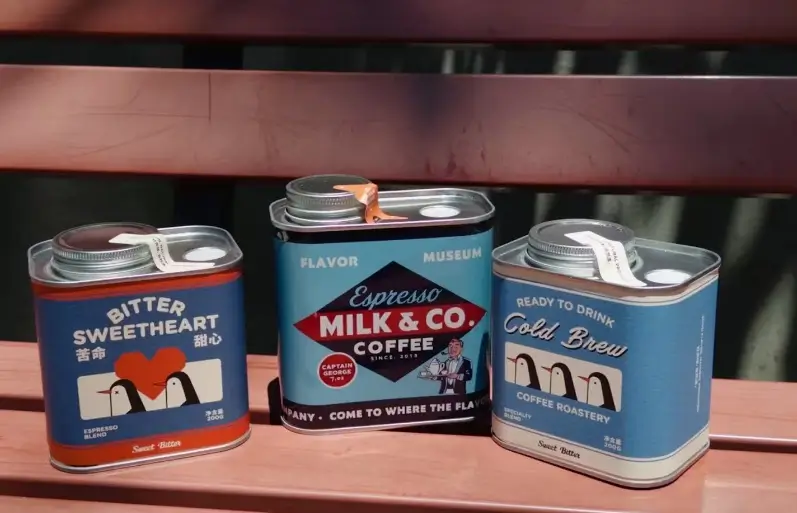
4. Coffee Cans
Coffee cans are rigid, airtight containers, typically made of metal, offering exceptional protection for coffee beans or ground coffee. They often employ nitrogen flushing during sealing to remove oxygen.
Benefits: Provide the highest level of barrier protection against oxygen, light, and moisture, ensuring maximum freshness and extended shelf life. They are durable for shipping and can be aesthetically pleasing for premium products.
Cons: Heavier than bags, significantly increasing shipping costs. More expensive per unit than most bags. Less common for specialty whole-bean coffee due to the degassing process that occurs post-roast, though it is often used for ground or instant coffee.
Where to buy: Specialized can manufacturers, industrial packaging distributors, or smaller metal packaging suppliers for custom orders.
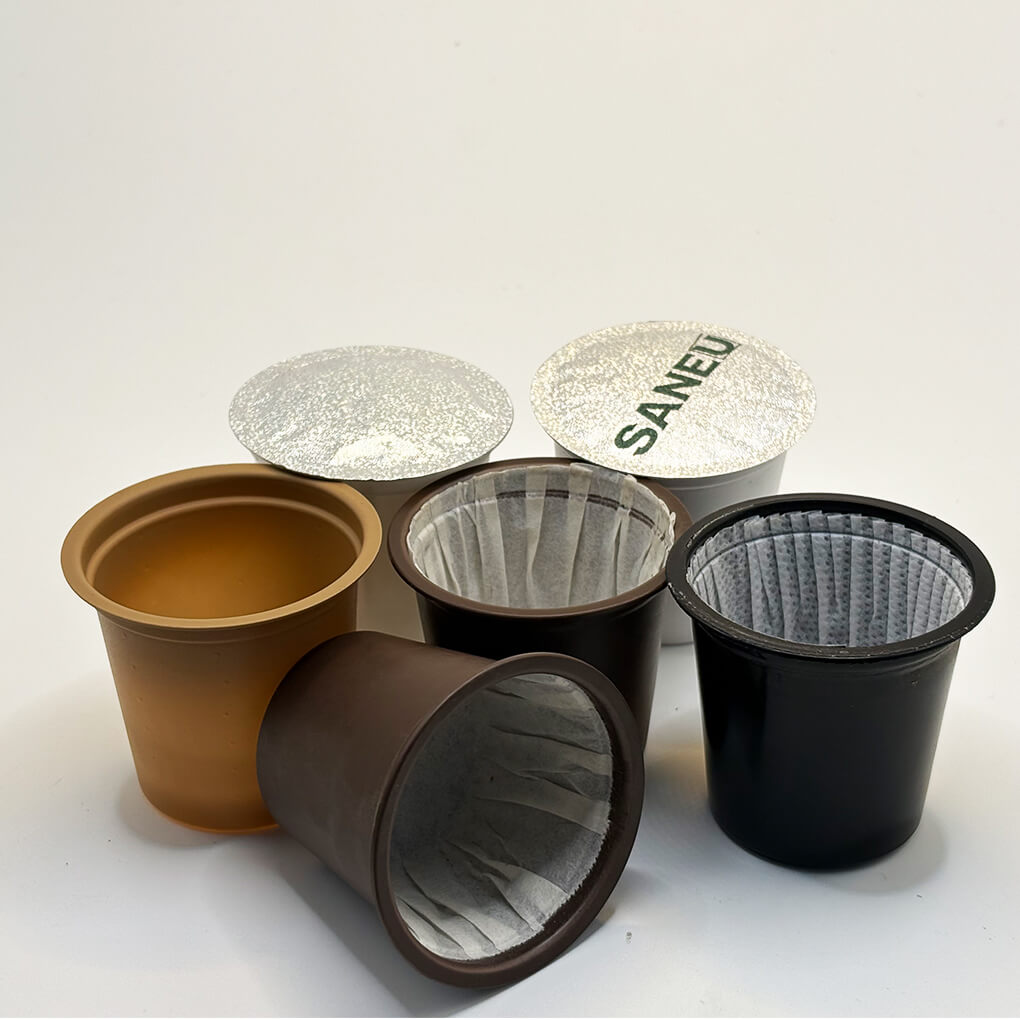
5. Fillable Coffee Pods Compatible with K-Cup, Nespresso, and Dolce Gusto
These coffee pods are specifically designed for use with specific coffee brewing machines. These containers are compatible with single-serve machines, such as Keurig, Nespresso, or Dolce Gusto.
Benefits Due to their convenience and premium price, coffee pods have a high profit margin. Businesses can target a specific consumer group that already owns these coffee machines and likes single-serve coffee. Each serving is kept fresh due to its sealed nature.
Con: Finding suppliers of empty fillable private label coffee pods, and the specialized machines required to fill and seal your brand’s coffee, can be difficult. Businesses new to packaging their coffee pods will also face a steep learning curve, often requiring a significant investment. Consumers are increasingly concerned about the environmental impact of plastic waste.
Source/Where to Buy: To manufacture own-brand pods, it is common to find a supplier that offers coffee pod packaging solutions, including empty coffee pods and machines.
How is coffee packaged for shipping
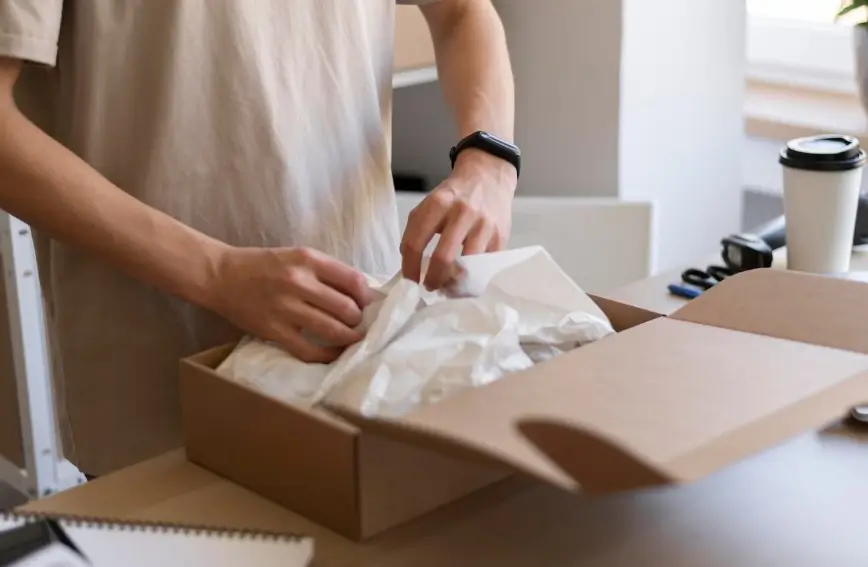
To prevent leakage or breakage, we also need to consider protective measures beyond the coffee package itself. This section will discuss the various cushioning materials and durable outer boxes used in e-commerce coffee packages for shipping.
Cushioning Materials: These include biodegradable nuts, air pillows, and kraft papers to absorb shocks in transit.
Strong outer cartons. We’ll stress the importance of sturdy exterior packaging that can withstand the stresses of shipping.
Moisture Control: Although less common in hermetically sealed coffee, this article will briefly discuss desiccants that are suitable for certain scenarios or climate conditions.
What E-commerce Consumers Look for in Coffee Packaging?
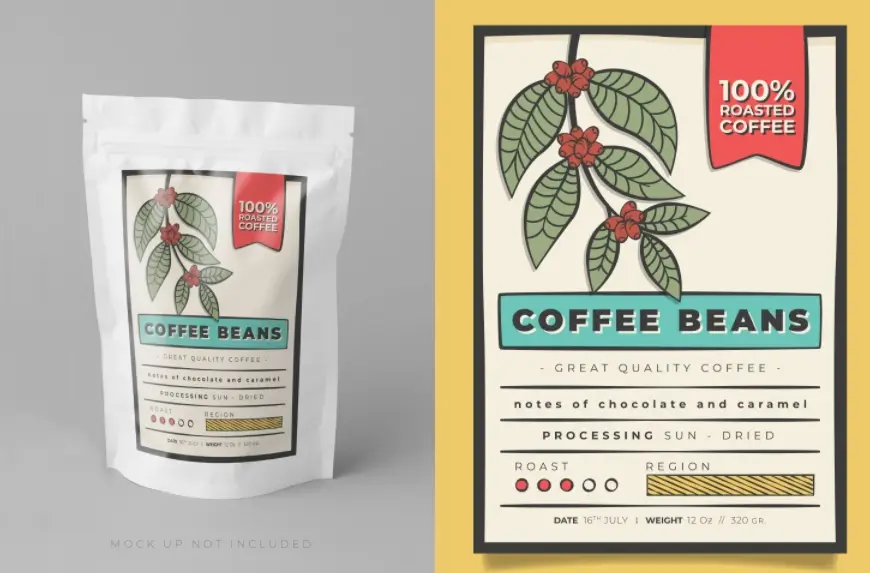
Visual Design
A unique design and strong brand recognition can make your coffee brand stand out from other coffee products.
Storytelling helps communicate the sourcing of your coffee, your roasting philosophy, and the unique values of your brand to potential consumers. The story behind a brand can make consumers feel a deeper connection to the product.
Your LOGO should reflect your brand identity. This will make it easier for your customers to remember and recognize your coffee.
Color psychology plays a significant role in the packaging of your coffee. For example, earthy colors may suggest a natural taste, while bright colors might imply surprise, bold flavors.
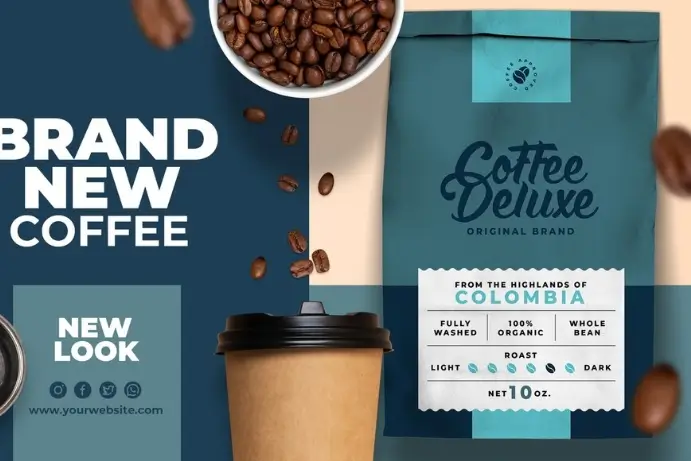
Information and Transparency
Consumers who shop online place a high value on comprehensive information, transparency, and the quality of coffee packaging.
A label with clear information, displaying important details like the roast date and coffee origin, is essential. Transparency builds trust and allows customers to make informed decisions.
Brewing instruction is a thoughtful inclusion that helps consumers achieve the best possible coffee experience, whether using a pour-over, French press, or espresso method.
Functionality and Convenience
The ability to reuse packaging is a crucial factor for online coffee consumers. Re-sealable zips and tin ties, which help to maintain the freshness of coffee after opening, are highly appreciated. This functionality benefits daily user experience and makes your product attain loyalty.
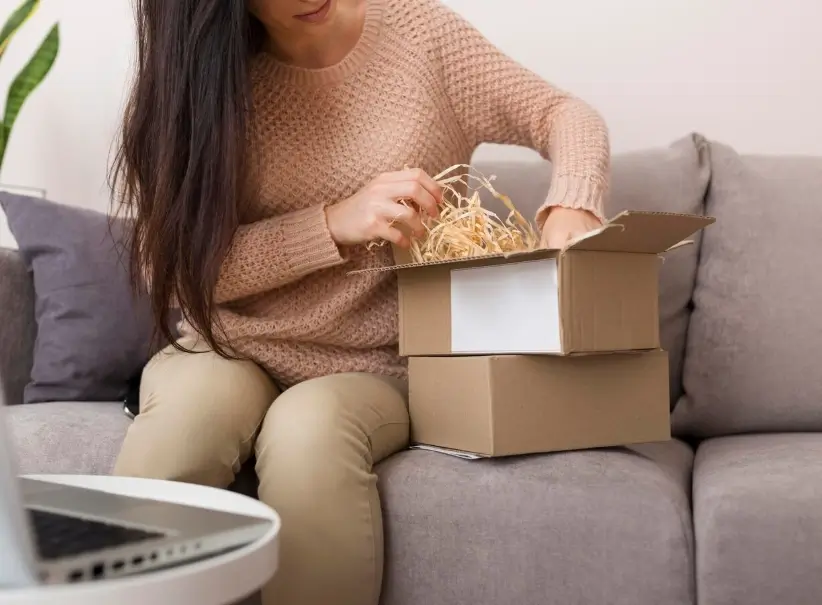
Unboxing Experience
Finally, the unboxing experience, which spans from the secondary packaging (the shipping box) to the primary packaging (the coffee can or bag), plays a crucial role in customer satisfaction and brand loyalty.
The presentation of the shipping package, tissue paper, inserts, and the coffee package all make a lasting impression on the consumer. Unboxing experiences that are well designed reinforce your brand’s attention to detail and quality. They transform a simple delivery into a special event.
The latest trends in coffee packaging for E-commerce
Shortly, new packaging innovations for coffee are expected to continue emerging in the online retail space. This section highlights new materials, consumer models, and technological integrations that are shaping the coffee industry.
Biodegradable and Compostable Packaging
The trend is to explore and utilize cutting-edge material technologies that break down naturally, thereby reducing environmental impact.
Returnable packaging and Refill programs
This circular economy model offers sustainable alternatives to one-use packaging that appeal to environmentally conscious consumers.
Augmented Reality on Packaging
AR is integrated into packaging to bring farm or roasting process experiences to life, offering an interactive element.
A Minimalist Approach with Maximum Impact
The trend is to use clean and uncluttered designs to convey sophistication and quality.
Customized Packaging
Examines the customization options available for subscription services and gifts, thereby increasing the perceived value for customers.

